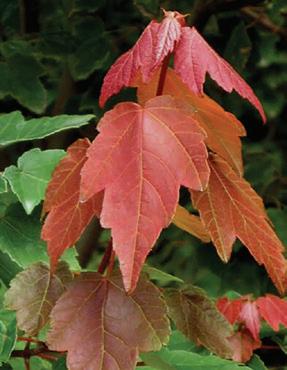
2 minute read
Away from cities with all their bright l ig ht ,
The Big Dipper
One of the clearest constellations of the Vermont sky, the Big Dipper takes the shape of a ladle, with 3 stars in the “handle” and 4 stars in the “spoon.” This constellation makes up the tail and part of the body of Ursa Major, a bear. The two stars of the big dipper furthest from its ladle form a line pointing to Polaris, the North Star and the start of Ursa Minor, also known as the Little Dipper.
Advertisement
And while we’re looking up, notice the trees!
Can you name all the wood in the woods that you see?
Sugar Maple
Each leaf of the sugar maple has five lobes with sort of rounded swoops between them. This leaf is well-known from the Canadian flag.
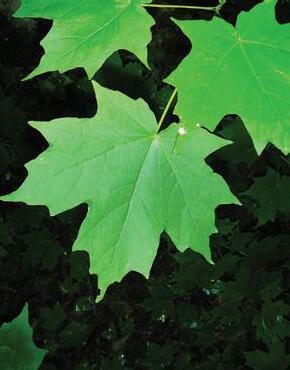
Northern Red Oak
This is the most common oak tree in our area, prized for its big, shade-giving shape. Its leaves have bristly points, and you’ll often find acorns on the ground around the trunk. Check at the edge of the soccer field by the small backstop for a great example!
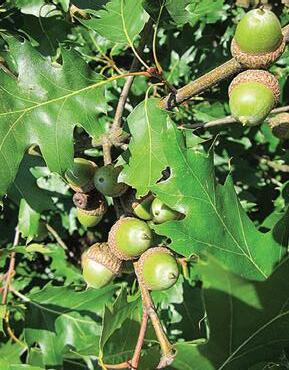
Paper Birch
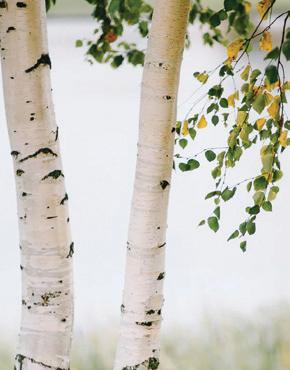
Anybody who spends any time in Camp Craft will know this tree.
The dead giveaway on this one is the bark, which is bright white, with horizontal stripes and peels away in strips. You’ll find several paper birches right in front of the Main House. (The paper birch produces a special oil in its bark which is water resistant and flammable, which makes it a great way to start a campfire.)
The Milky Way & The Summer Triangle
On especially clear nights, the Milky Way can be seen. This is the center of our galaxy, where stars are so numerous that their light blends together, creating a line of color and texture. This line travels behind the summer triangle, a triad of especially bright stars only visible in the summer months. These stars are Deneb, Vega, and Altair.
Cassiopeia
This constellation can be recognized by the “W” shape it makes with its 5 brightest stars. During the summer months you should be able to find it by looking east, or roughly out over the lake. This constellation is named after a Greek Queen, and its shape is said to be her image, sitting and fanning herself.
Eastern Hemlock
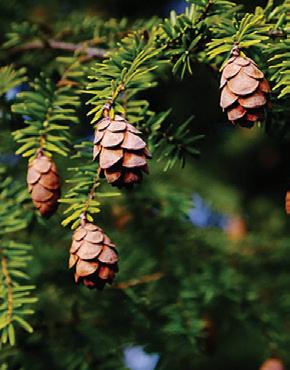
This evergreen tree can be found in all camp’s woods. It can be identified by its flat, shiny needles with a pair of white stripes along the underside. Hemlocks used to be used in making leather now there’s at least one that serves as hunting grounds for a yellowbellied sap sucker! Look for it on the walk to Winships.
White Ash
These trees can be identified by their compound leaves with seven leaflets, as well as the distinctive diamond pattern in the bark. Look for several of them around the Exploring shack and Camp Craft.

Red Maple
The red maple can be identified by its five-lobed leaves with jagged edges all around, including between the lobes. The leaves also have a silvery whitish color on the underside.
